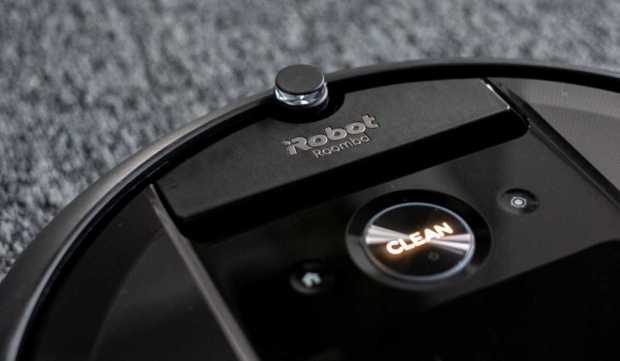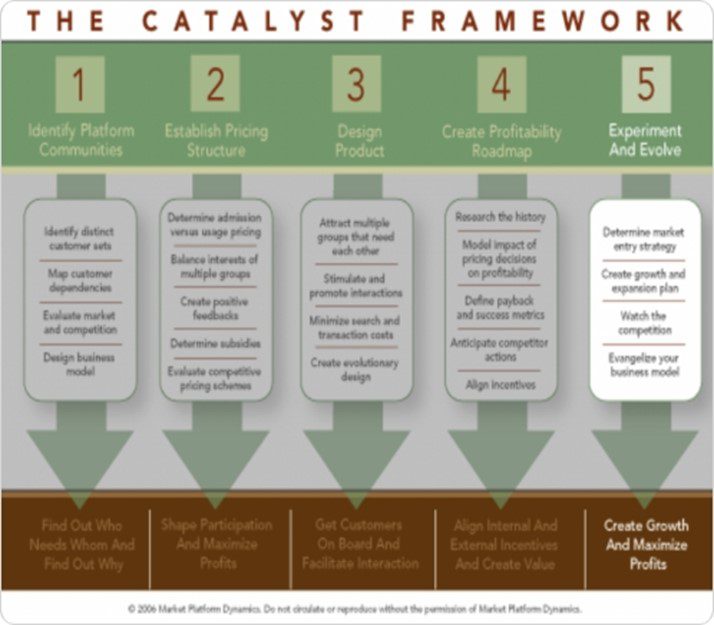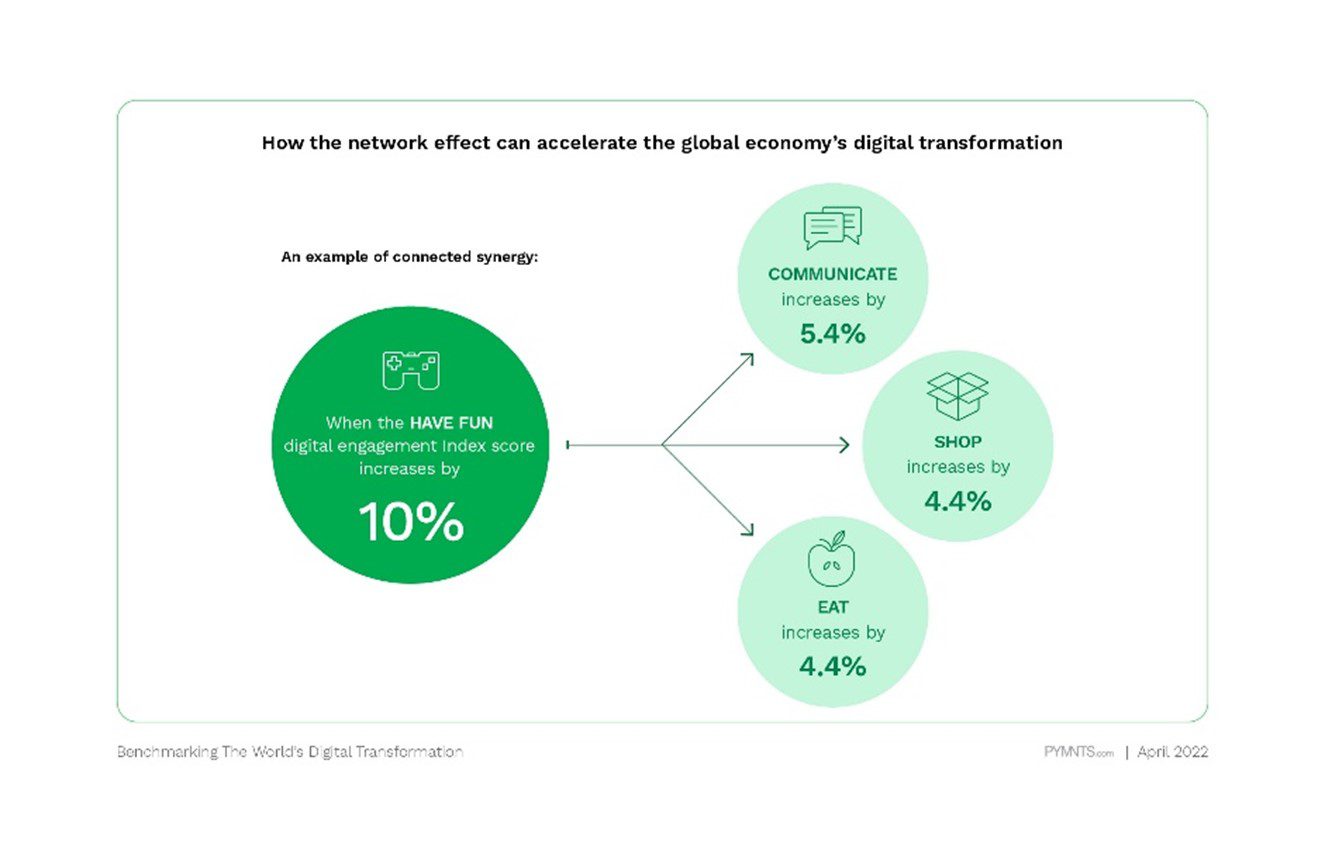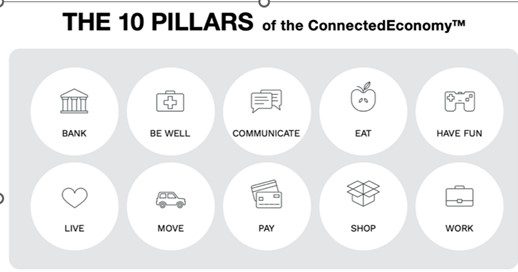What New Data Shows About Why Amazon is Buying iRobot

Joe Jones has become something of a household name in the last ten days because of an idea he had in 1989. Jones is the inventor of the robotic vacuum cleaner Roomba — and the company that funded its development and manufacturers it, iRobot, announced on August 5th that it would be acquired by Amazon for $1.7 billion in an almost all-cash deal.
It would take thirteen years to move Roomba from an idea in 1989 to the showroom floor in 2002 and another two years to sell one million units. As Jones tells the story, a marketing and sales turning point happened when Roomba stopped selling “robots” and started selling clean floors. In fact, the notion of a robot that would clean floors was inspired by Jones’ own desire to have a clean apartment without taking any of his personal time and energy to sweep and vacuum.

Based on Roomba’s reported sales figures, 42 million homes have much cleaner floors now as a result of his invention.
Far more important than Amazon’s desire to capture more of the economics from people who want clean floors is the significance of the iRobot acquisition to the company’s overall strategy. It’s yet another example of Amazon’s expansion into adjacencies that complement the behaviors of a large mass of consumers already on their platform.
For example: AI Firm Veritone Extends Amazon, AWS Partnerships
We call this cross-activity network effects, and it has proven foundational to the growth of the digital economy worldwide — and the future of every business that operates within it.
The foundation of these cross-activity network effects is measured by the number of consumers who engage in any single digital activity; the strength of their network effects comes from the frequency with which consumers engage in that activity and the breadth of digital activities in which those consumers participate. Understanding the multidimensional dynamics of these activities helps businesses predict the impact of these network effects on their business and make decisions about how to align resources accordingly.
It also helps identify how the flow of payments and data can make those cross-activity interactions seamless and secure — and where partnerships can strengthen those dynamics or create new competitive opportunities.
See related: Amazon in Talks for 51% Stake in Indian Logistics Solutions Firm Ecomm Express
For Amazon, iRobot is about strengthening and monetizing the cross-activity network effects of the consumers who have connected more than 300 million smart home devices such as lights, curtains, thermostats and vacuums to Alexa and therefore already value the convenience of an AI-powered smart home.
The Rising Tide Floats a Lot of Digital Boats
The power of network effects to create consumer value, and the platforms that can master them, is a well-trodden area of economic analysis. Successful platforms engage in a variety of strategies to engage their stakeholders and create network effects that scale their business, provide value to participants and generate profits for themselves.
In the digital economy, there’s an interesting aspect of network effects that we see consistently in our ongoing research on consumers across the world.
Take the quarterly study PYMNTS is doing to examine the digital behaviors of 15,000 consumers across 11 countries that represent 50 percent of the global GDP. Our analysts measure the cross-activity network effects among the 40 different daily activities that PYMNTS tracks as part of this quarterly research using statistical methods and a proprietary model.
Read more: New 11-Country Study Shows Digital Transformation Has Reached Only 27% of Full Potential
It is this model that provides new insights into consumer behavior and the set of activities that define their interdependencies. Its pillars form the Connected Economy.
See also: How Consumers Live In The Connected Economy
For example, in Q1 2022, the model shows that consumers who use digital methods to play games, stream music and videos, buy tickets to concerts and sporting events (Have Fun) are more likely to use text messages to reach family and friends (Communicate), buy retail products using digital methods (Shop) and order food or groceries using digital methods (Eat).
Have Fun appears to be the digital cornerstone that drives specific cross-activity network effects when consumers increase their use of digital channels to engage in a variety of leisure activities that often include their friends and family.
Igniting the Smart Home
The Live pillar — the intersection of connected devices, data and payments to make homes smarter — is one that only a small number of consumers across the world engage with in a meaningful way. That’s because doing so requires an investment in AI-powered connected devices that provide those benefits. In some countries those devices are not available; in other countries where they are, most remain out of reach except to affluent tech-savvy consumers willing to prioritize and invest in having a smart home.
Amazon’s acquisition of iRobot seems more than a tacit acknowledgement that the smart home remains a global blue ocean with an installed base of consumers already bought in.
With a 70% share of the smart speaker market and its free app on Apple and Android smartphones, Amazon with Alexa has a large mass of consumers who like interacting with a virtual assistant — and many more who like the ease and convenience of having devices that make their home both interactive and smart.

See more: New Data Shows Nearly a Third of US Consumers Use Smart Home Devices
The cross-channel network effects today are relatively nascent, given the unfamiliarity consumers have with using them to do more than a handful of basic tasks and the privacy and security concerns people may have when using them to do much more.
Amazon’s bet is that the smart home, the set of digital activities we call Live, has the potential to be the cornerstone for many of the AI-powered conveniences of outsourcing basic household activities — playing music, turning the TV and lights on and off or the thermostat up or down — to an AI-powered device so that consumers can direct a virtual assistant to do them instead.
Related reading: Voice Will Tie the Connected Economy, and Banking, Together
Over time, the hypothesis is that those network effects will strengthen as consumers use their voice and a variety of connected devices to engage with many of the activities that go beyond the day-to-day activities that are its digital cornerstone. The cross-channel network effects will be driven by the convenience of using the consumer’s voice to complete any task that consumers really don’t like doing but feel comfortable outsourcing to their smart home digital assistant instead. Businesses will develop skills and connected devices to expand the number of use cases and connected end points that give consumers more places and ways to do that.
So What?
One of the reasons that PYMNTS decided to study the digital behaviors of consumers all over the world was to create a multi-dimensional economic model to predict the set of activities that will systematically drive the growth of the digital economy. Absent such a framework, business leaders and entrepreneurs are left with anecdotes, or their own forecasts based only on what their data show, to guide their decisions and investments.
Since January of 2022, we have learned that cross-activity network effects are a relevant predictor of how digital engagement evolves over time. We see that it is different across countries, less tied to demographic trends than to the degree to which physical activities are better than their digital counterparts. We observe that some of the cross-network effects seem intuitively correlated, such as shopping online and also buying food online. Most are not, which is where we find our model can provide clarity.
More important, cross-activity network effects offer insights to how connected ecosystems are shaped, and what set of digital activities are or could be its cornerstone. This insight helps business leaders better position their product or service to fill that role, identify where they may be potentially vulnerable and then decide where and how best to play.
The interdependencies also offer important clues for where there may be red oceans, or blue ones, beyond what businesses can see across their own value and supply chains. We have seen in just these six short months the dynamic nature of these cross-activity network effects and how they are influenced by consumers, new entrants and macroeconomic forces.
All of which can change the performance of their business, literally overnight.
